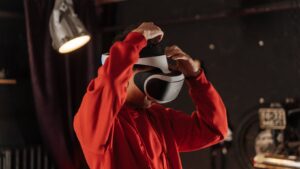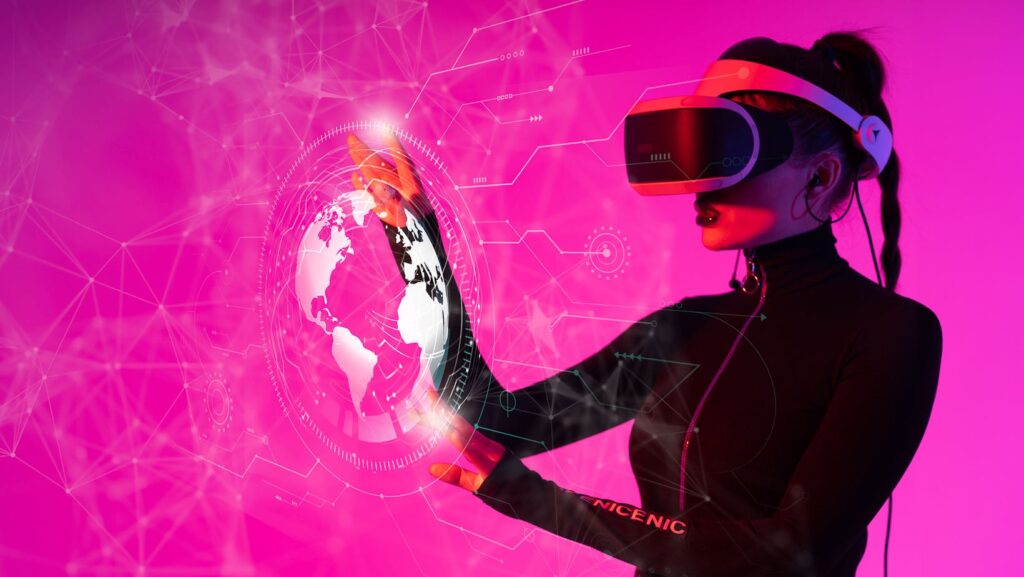Immersive technologies like Augmented Reality (AR) and Virtual Reality (VR) have revolutionized the way we interact with the digital world. As an enthusiast in the tech realm, I’ve witnessed firsthand the transformative power of AR and VR experiences. These cutting-edge technologies transport users to virtual realms, blurring the lines between the real and the digital.
The Evolution of AR and VR Experiences

Exploring the origins of AR and VR experiences, we delve into a timeline that highlights the inception and development of these immersive technologies. Augmented Reality, known as AR, overlays digital information onto the real world, enhancing our perception of reality. On the other hand, Virtual Reality, or VR, immerses users in a fully digital environment, providing a sense of presence in a virtual world.
In the realm of AR and VR experiences, key technological advancements have shaped the landscape of immersive technologies, pushing the boundaries of what is possible. The integration of advanced sensors, cameras, and motion tracking systems has enhanced the accuracy and precision of AR applications, allowing for seamless interaction between the physical and digital worlds.
As AR and VR technologies continue to evolve, we anticipate even more groundbreaking advancements that will redefine how we engage with digital content, paving the way for new forms of entertainment, education, and communication in the ever-expanding world of immersive experiences.
AR/VR Experiences

Augmented Reality (AR) blends digital elements with the real world in real-time, enhancing the user’s perception of reality. It overlays computer-generated images, videos, or information onto the physical environment. AR commonly utilizes smartphones, tablets, or AR glasses to superimpose virtual content on the user’s view of the real world. For instance, think of using AR to see virtual furniture placed in your living room through your smartphone camera.
Virtual Reality (VR) immerses users in a completely artificial environment generated by a computer. It simulates a realistic 3D environment that users can interact with in a seemingly real or physical way. VR typically requires a headset that covers the user’s eyes and ears, cutting them off from the physical world and transporting them to a digital realm. Imagine putting on a VR headset to explore a virtual museum where you can walk around and examine artifacts as if you were there physically.
The Technology Behind AR/VR Experiences
Hardware Components and Developments

When it comes to AR/VR experiences, the hardware plays a crucial role in enabling immersive interactions. Devices like headsets, controllers, sensors, and cameras are essential components that work together to create realistic virtual environments. These devices rely on advanced technologies such as depth sensors, gyroscopes, accelerometers, and high-resolution displays to track movement, depth, and orientation, enhancing the user’s overall experience.
Developments in hardware components continue to push the boundaries of AR/VR experiences. Advancements in optics, sensors, and lightweight materials are making devices more comfortable to wear for extended periods, enhancing user comfort and usability. Additionally, the integration of AI-powered processors and eye-tracking technology is enabling more natural interactions and personalized experiences in AR/VR applications.
Software Innovations Driving Immersion
In the realm of AR/VR experiences, software innovations play a pivotal role in delivering immersive and interactive digital environments. Powerful rendering engines, spatial mapping algorithms, and interactive applications are revolutionizing the way users engage with virtual content.
Rendering engines are essential software components that generate realistic visuals in AR/VR environments. These engines utilize advanced graphics processing technologies to render high-fidelity images, textures, and lighting effects, creating lifelike virtual worlds for users to explore. Real-time rendering techniques further enhance immersion by ensuring smooth frame rates and dynamic content rendering.
Interactive applications are driving user engagement in AR/VR experiences by providing intuitive interfaces, responsive interactions, and personalized content. Gamification elements, social features, and collaborative tools are transforming passive viewing experiences into active participation, fostering creativity and social interactions in virtual environments.

